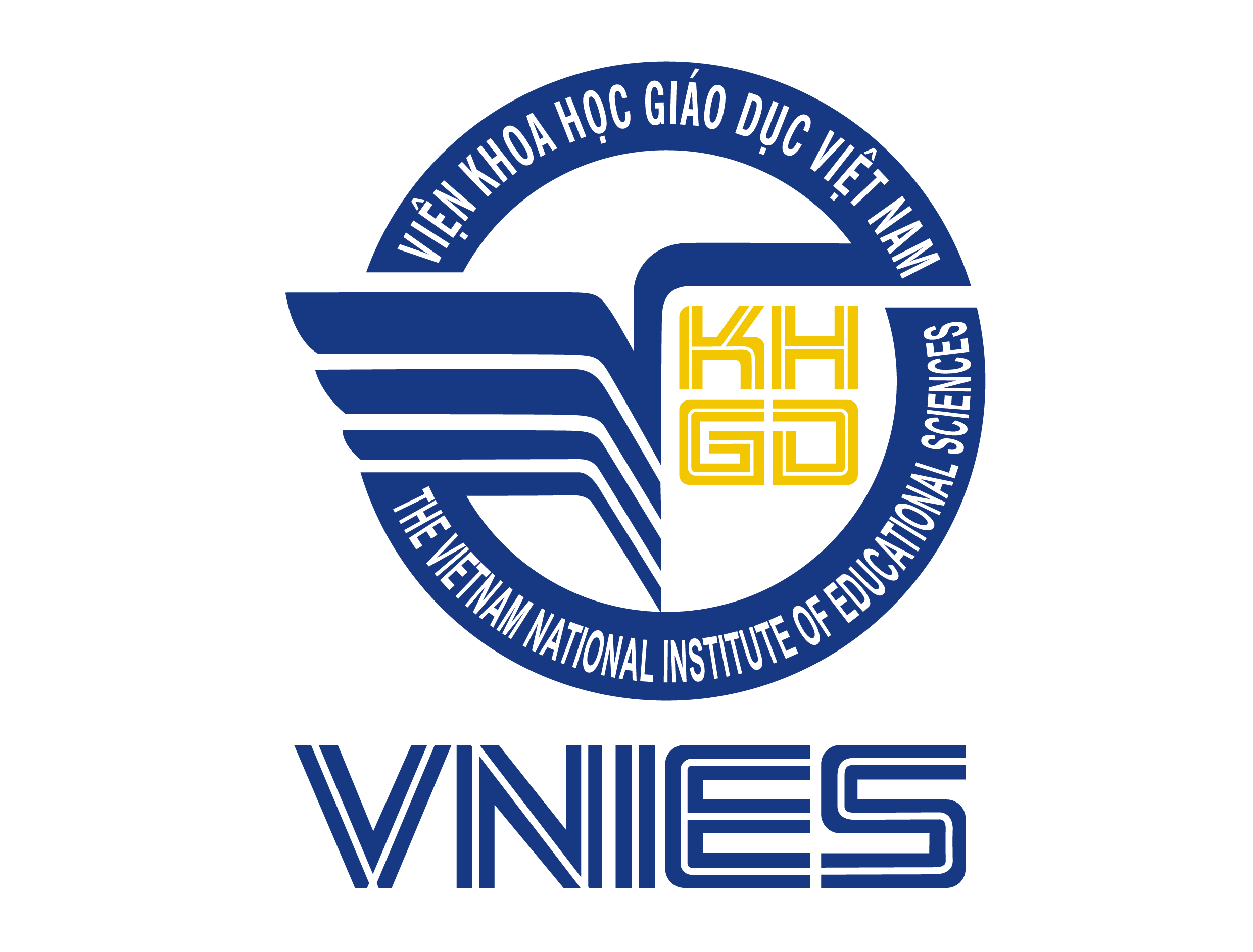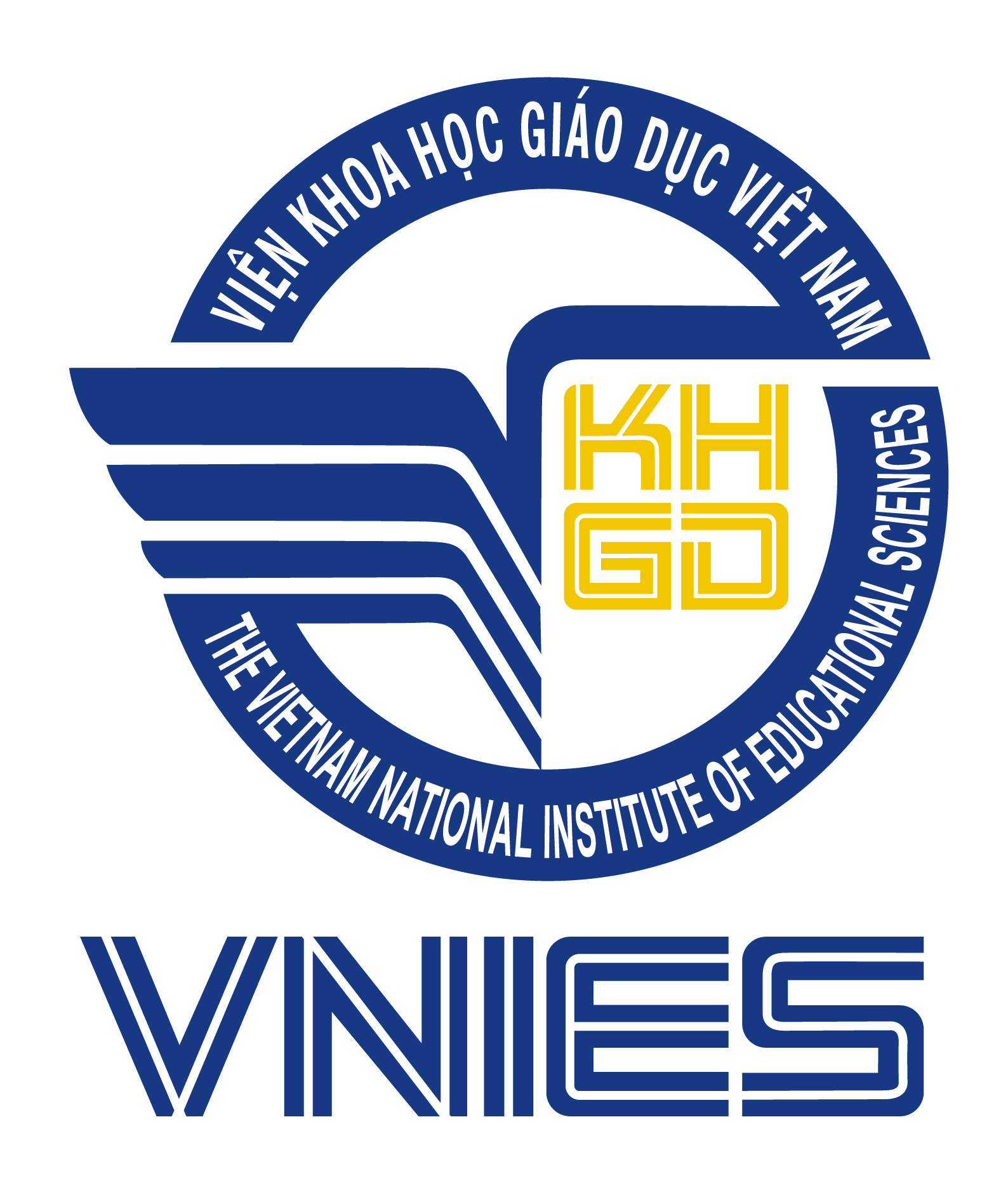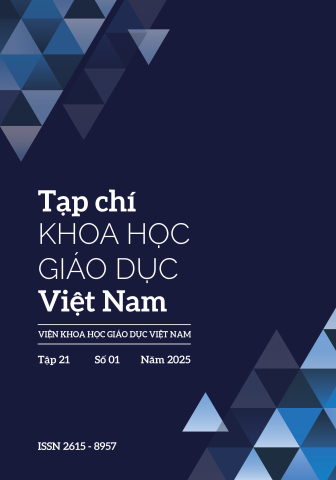[1] Barzallo, J. G. H., Dávila, C. A. H., Sánchez, I. V. M. D. O., Sánchez, J. C., & Marín, H. J. V. (2024). Educación STEM: Preparando Estudiantes para la Ciencia, Tecnología, Ingeniería y Matemáticas. https:// doi.org/10.70180/978-9942-7273-4-3.
[2] Bazhenov, R. (2022). Stem approaches in teaching students to design electronic learning resources. The European Proceedings of Social and Behavioural Sciences.https://doi.org/10.15405/epsbs.2022.06.56.
[3] Do, T., & Pham, L. T. K. (2021). Digital transformation in STEAM education at the Vietnamese secondary school in the new normal. https://doi. org/10.1145/3468978.3468996
[4] Hieu, N. T., Huy, L. M., Phat, H. M., Anh, N. N. P., & Wong, W.-K. (2020). Decision sciences in education: The STEMtech model to create stem products at high schools in Vietnam. Advances in Decision Sciences.
[5] Kolb, D. A., Boyatzis, R. E., & Mainemelis, C. (2014). Experiential learning theory: Previous research and new directions. https://doi.org/10.4324/9781410605986- 9.
[6] Khalid, I. L., Abdullah, M. N. S., & Fadzil, H. M. (2024). A systematic review: Digital learning in STEM education. Journal of Advanced Research in Applied Sciences and Engineering Technology. https://doi. org/10.37934/araset.51.1.98115.
[7] Lehane, L. (2020). Experiential learning—David A. Kolb. https://doi.org/10.1007/978-3-030-43620- 9_17.
[8] Maj, S. (2022). A practical new 21st century learning theory for significantly improving STEM learning outcomes at all educational levels. Eurasia Journal of Mathematics, Science and Technology Education. https://doi.org/10.29333/ejmste/11510.
[9] Ortiz-Revilla, J., Greca, I. M., & Arriassecq, I. (2021). A theoretical framework for integrated STEM education. Science Education. https://doi. org/10.1007/s11191-021-00242-x
[10] Penprase, B. E. (2020). Theories of teaching and learning. https://doi.org/10.1007/978-3-030-41633-1_3.
[11] Piddiachyi, S. (2022). Stem education as an innovative means of increasing students’ creative potential. Scientific Bulletin of Uzhhorod University. Series: Pedagogy. Social Work, 2(51), 108–112. https://doi. org/10.24144/2524-0609.2022.51.108-112.
[12] Rahmi, W. (2024). Analytical study of experiential learning: Experiential learning theory in learning activities. Edukasia. https://doi.org/10.62775/ edukasia.v5i2.1113.
[13] Rodrigues, A. M., Camillo, J., & Mattos, C. R. de. (2023). STEM and its roots and branches: Critical reflections from cultural-historical activity theory. https://doi. org/10.1007/978-3-031-44377-0_1.
[14] Stracke, C. M., Dijk, G. V., Daneniene, J., Kelmelyte, V., Lisdat, F., Wesolowski, A., Barreiros, A., Baltazar, R., Simoens, W., Desutter, J., Pascoal, A., Rimkevičė, A., Spatafora, M., Cotovanu, A. M., & Spatafora, A. (2019). Learn STEM: The pedagogical model for innovative STEM learning and teaching.
[15] Subasman, I., & Aliyyah, R. R. (2023). The impact of technological transformation on career choices in the STEM sector. Jurnal Kebijakan dan Pengembangan Pendidikan, 1(2). https://doi.org/10.61397/jkpp. v1i2.94.
[16] Tuong, D. H., Tran, T.-B., & Nguyen, D. T. (2023). Digital transformation for Vietnam education: From policy to school practices. https://doi.org/10.1007/978-3-031- 37387-9_20
[17] Zizikova, S. I., Nikolaev, P. P., & Levchenko, A. (2023). Digital transformation in education. E3S Web of Conferences, 381, 02036. https://doi.org/10.1051/ e3sconf/202338102036.


